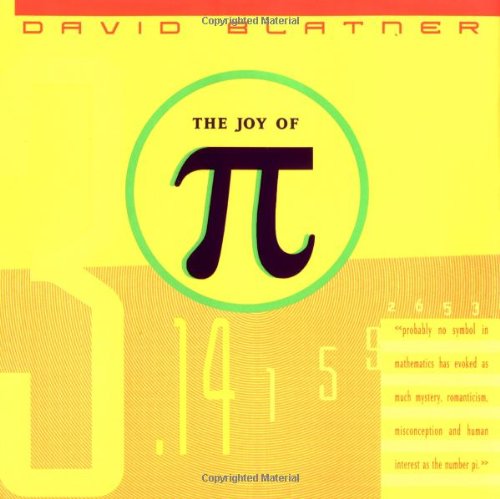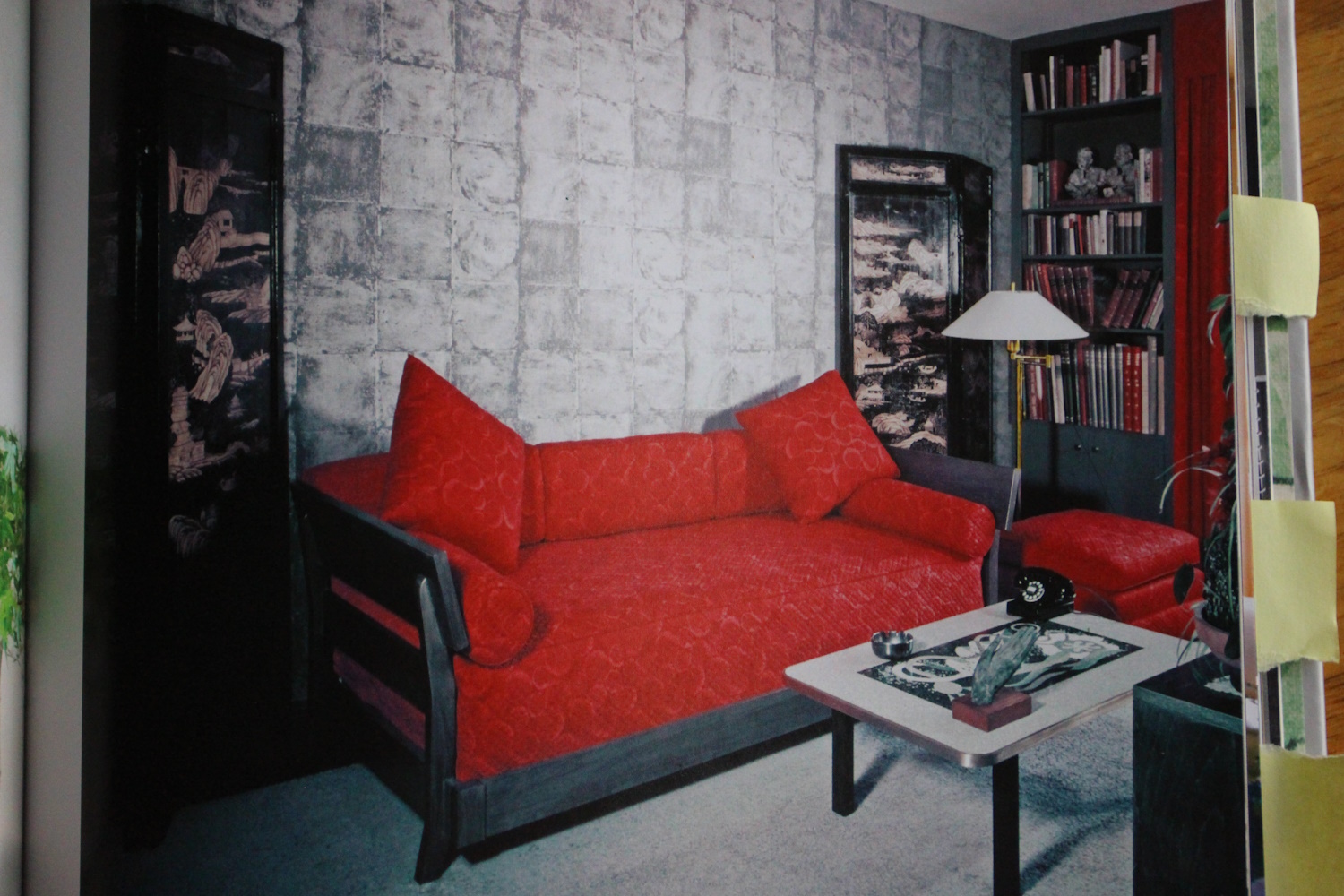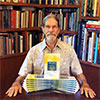Feng Shui, Circles & Squares

Chinese coins—round with a square hole, representing heaven (circle) encompassing earth (square). Photo by Plismo, via Wikimedia Commons
The two most basic shapes in feng shui are circles and squares. The circle represents heaven and the square represents earth—that’s why round dining tables are considered to be better than square ones. That’s also why old Chinese coins are round with a square hole in the middle—heaven encompasses earth and is therefore greater than earth.
My husband loves math and I recently got him the book The Joy of Pi by David Slatner, but I was intrigued by its fun format, and I actually started reading it first. What I found supports the feng shui teaching quite nicely. So nicely, in fact, that I’m going to liberally quote from the book.

The Joy of Pi by David Blatner
“It’s not poetic or particularly pleasing to hear, but we humans are basically pattern recognition devices. Our eyes take in the world, but what we really see are intricate patterns of lines and curves and colors and brightness.”
“A raindrop in a pond produces perfect circles of waves that expand indefinitely until cancelled by the friction of the shore or by the perfect circles made by other raindrops. Planets and stars try to form circles and spheres in space, though gravity and spinning forces push and pull their pure mathematical curves into the complex forms that we see in nature.”
“Circles are everywhere in the natural world, and to the peoples of early civilization, the great circles of the moon and the sun looking down on them each day were sources of infinite power and mystery. Even before civilization began, people probably drew circles in the sand with a peg and a rope, building their own infinite forms. The earliest homes and sacred sites, dating back as far as 8000 B.C.E., were circular, owing perhaps to religions based on reverence for the Earth, the mother-goddess.
On the other hand you have a square—exquisitely formed with four equal sides and four equal angles. Since the earliest recorded history, the square has been the opposite, the antithesis, of the circle. Squares are found rarely in nature—perhaps only in the purest of crystalline structures. Where building a circle comes naturally, we have to measure and calculate to create a square. The simplest squares develop from circles: When you draw two perpendicular lines through the center of a circle, their ends form the corners of a square.
Squares have become symbolic of our human ability to measure, to solve, and to partition. Where circles denote the infinite, squares indicate the finite.”
There you have it—science and feng shui in complete agreement. Something to keep in mind when you’re on the hunt for your next table.
Leave a Comment Cancel Comment
Related Posts
Books About Books—My Favorite Subject
I’m in a Recently Published Book
Feng Shui & Real Books (Part 1)
Recent Posts
Three Famous Gay Men from Huntsville, Alabama

My Youtube Feng Shui Channel



